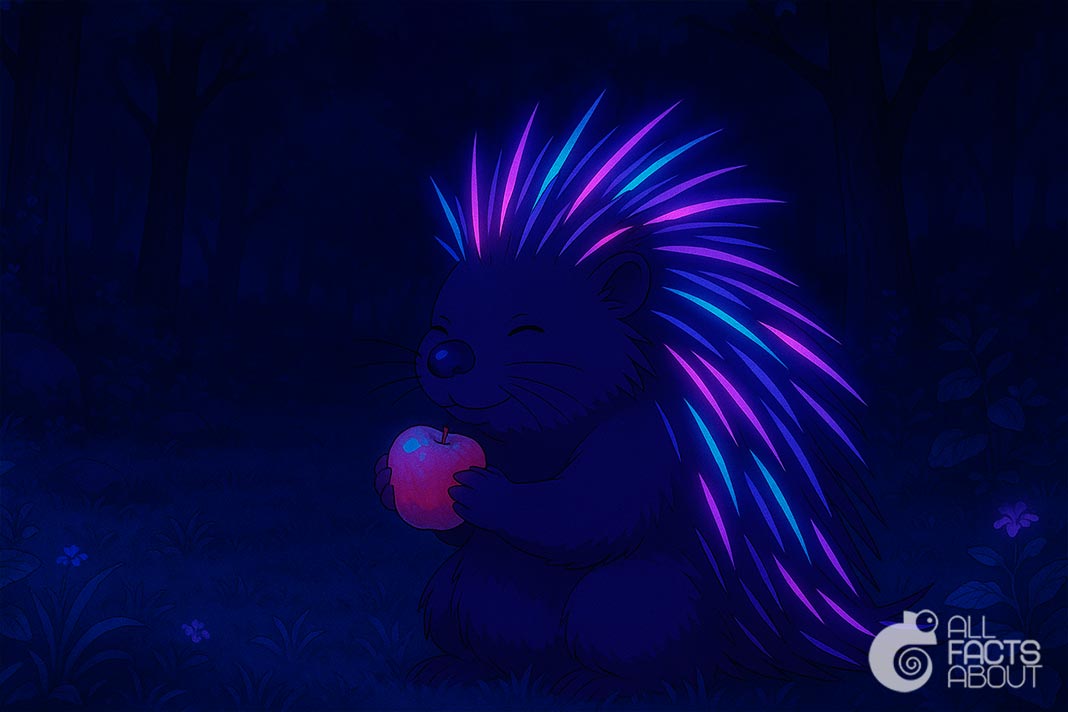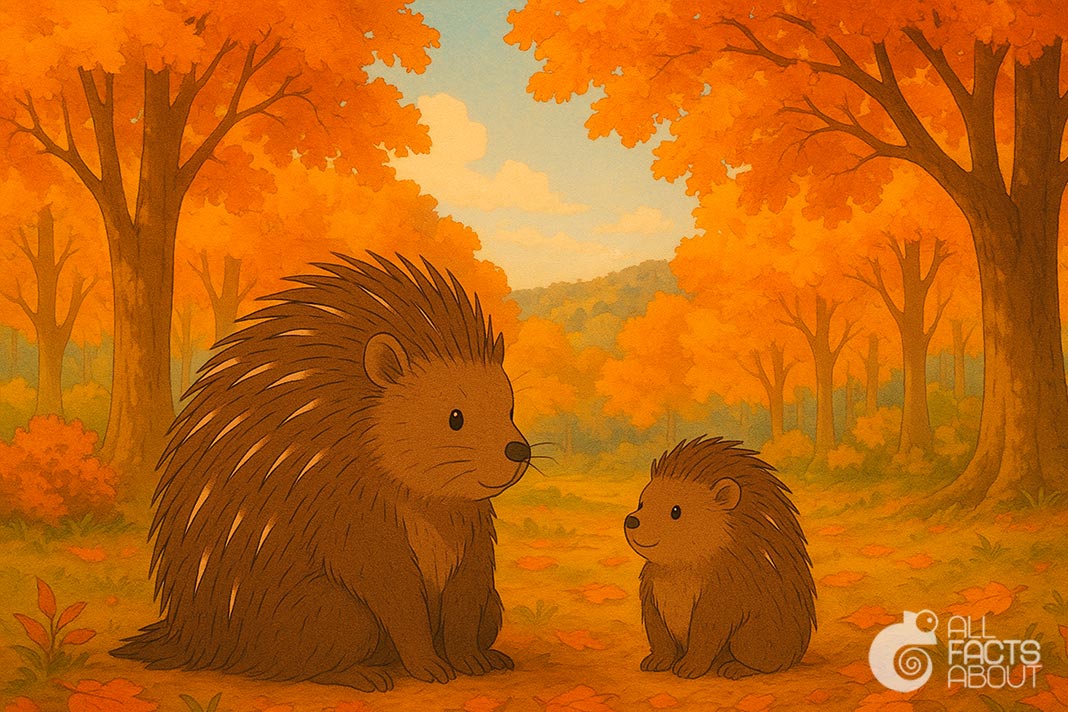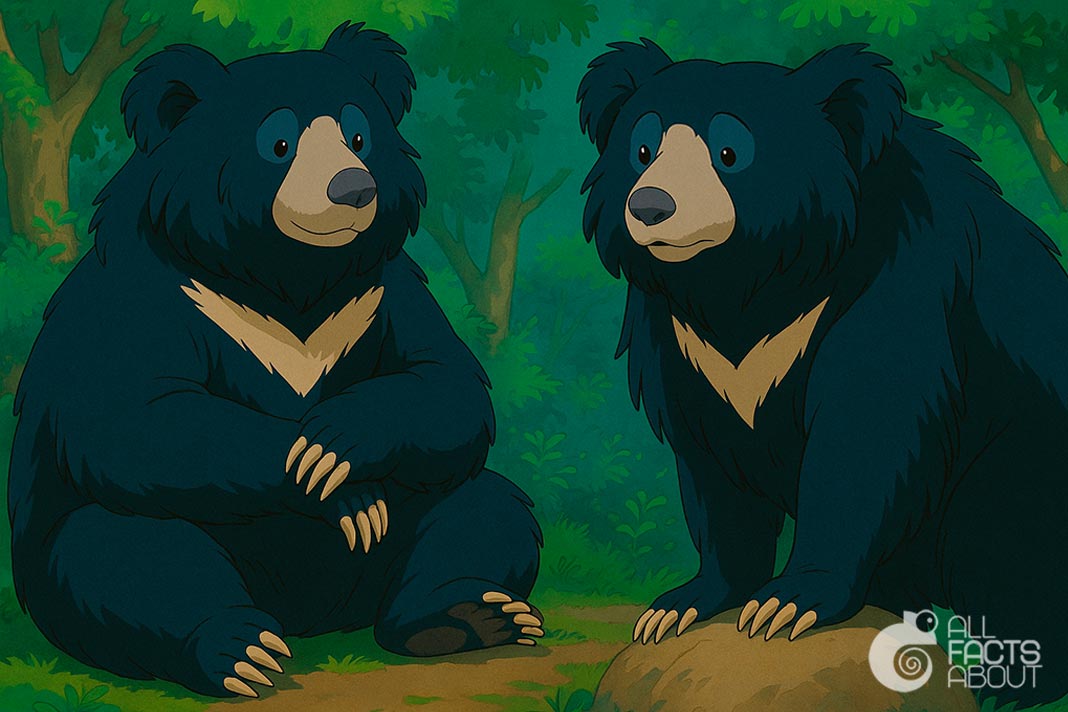Porcupines are some of the most fascinating creatures in the animal kingdom. Known for their unique spiny appearance and surprising behaviors, these animals have captured the curiosity of people for centuries. From their natural defenses to their unexpected tree-climbing skills, porcupines are full of surprises.
1. The word “porcupine” comes from Latin: porcus (pig) and spina (spine). Together, they form “spiny pig,” a fitting name for this quill-covered animal.
2. Porcupines are not aggressive animals, but they are well-defended. Their bodies are covered in sharp quills—modified hairs coated with keratin—which serve as a powerful deterrent to predators.
3. There are about 30 species of porcupines, and they are divided into two main groups: Old World porcupines, which live in Europe, Asia, and Africa, and New World porcupines, which are native to the United States, Central America, and South America.
4. Contrary to popular myth, porcupines cannot shoot their quills. However, the quills detach easily when touched, lodging themselves in the skin of predators and causing pain. They have microscopic barbs on their tips, which make them very difficult to remove once embedded.

Porcupine quills glowing in the dark under UV light.
6. Despite their tough look, porcupines are great swimmers! Their hollow quills help them float like natural life jackets.
7. A porcupine's teeth never stop growing. Like other rodents, they need to gnaw regularly to keep their incisors at a manageable length.
8. Porcupines are herbivores and mostly nocturnal. Their diet includes leaves, twigs, roots, fruits, and sometimes tree bark, which helps wear down their constantly growing teeth.
9. North American porcupines have orange front teeth. The orange color comes from iron, which makes their teeth extra strong.
10. Baby porcupines are called “porcupettes.” They are born with soft quills that harden within a few hours after birth, providing early protection from predators.




